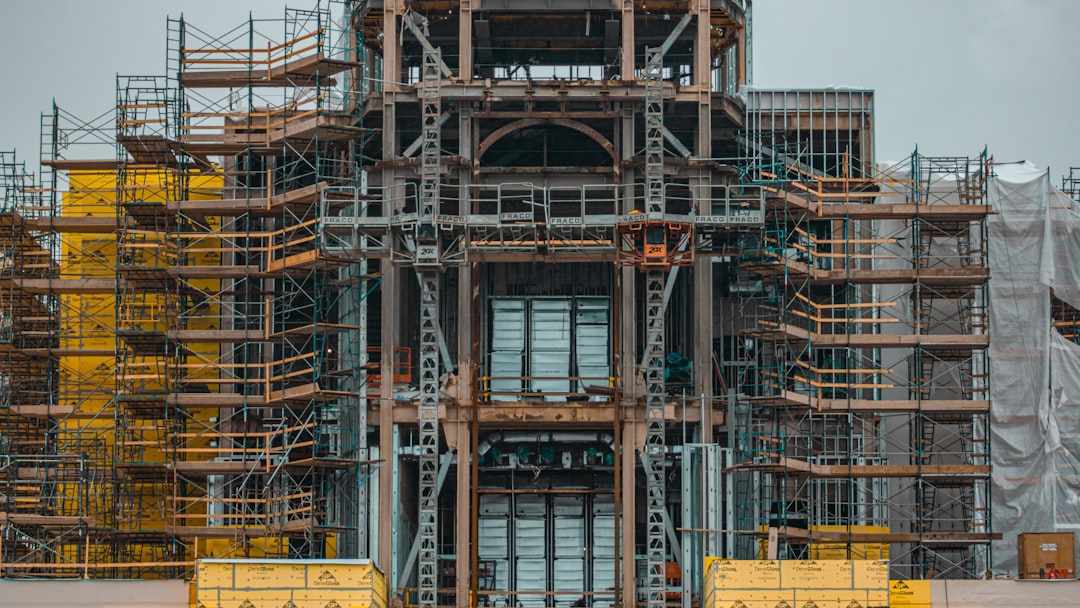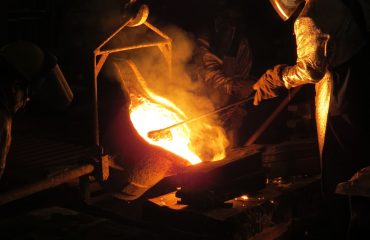body {
font-family: sans-serif;
line-height: 1.6;
}
h1, h2, h3 {
color: #333;
}
img {
max-width: 100%;
height: auto;
}
Industrial steel frame projects are transforming the landscape of commercial and industrial construction. Their inherent strength, versatility, and cost-effectiveness make them a popular choice for a wide range of applications, from sprawling warehouses to sleek manufacturing facilities. This comprehensive guide delves into the intricacies of these projects, covering everything from design considerations to choosing the right contractor.
The Design and Engineering of Industrial Steel Frame Structures
The design phase is crucial for the success of any industrial steel frame project. It involves detailed structural analysis to ensure the frame can withstand anticipated loads, including wind, snow, and seismic activity. Engineers consider factors such as building size, intended use, local building codes, and soil conditions. Advanced software is employed to create precise 3D models, allowing for accurate material estimations and efficient construction planning. Detailed drawings are produced, specifying the type, size, and placement of each steel component. This meticulous planning minimizes on-site errors and delays, leading to a smoother and more cost-effective construction process. Furthermore, sustainable design practices are increasingly incorporated, considering factors like energy efficiency and minimizing environmental impact.
Construction Techniques and Material Selection for Steel Frame Buildings
Construction of industrial steel frame buildings typically involves a phased approach. The foundation is laid first, followed by the erection of the steel frame. Modern construction techniques utilize pre-fabricated components, significantly accelerating the building process. These pre-engineered components are manufactured off-site, ensuring precision and quality control. On-site assembly is then relatively quick and efficient. The choice of steel itself is crucial. High-strength steel alloys are often preferred for their durability and weight-bearing capacity. Proper surface treatments, such as galvanization or painting, are essential to protect the steel from corrosion and extend its lifespan. Other materials, like concrete for the foundation and cladding for the walls and roof, are carefully selected to complement the steel frame and meet specific project requirements.
Advantages of Choosing Industrial Steel Frame Construction
Several compelling advantages make industrial steel frame construction a preferred choice. Firstly, its inherent strength allows for the creation of large, open spaces ideal for warehouses, factories, and other industrial applications. Secondly, steel frames are remarkably versatile, adaptable to various building designs and customizations. Thirdly, the speed of construction is significantly faster compared to traditional methods, resulting in quicker project completion and reduced downtime. Fourthly, steel is a readily recyclable material, contributing to sustainable construction practices. Finally, despite initial material costs, the long lifespan and low maintenance requirements of steel frame buildings often translate to lower overall costs in the long run compared to other construction materials.
Common Applications of Industrial Steel Frame Buildings
The versatility of industrial steel frame construction makes it suitable for a vast array of applications. Warehouses and distribution centers are frequently constructed using steel frames due to their ability to accommodate large storage spaces and heavy loads. Manufacturing facilities benefit from the strength and flexibility of steel frames, allowing for adaptable layouts to accommodate evolving production needs. Agricultural buildings, such as barns and sheds, utilize steel frames for their durability and resistance to harsh weather conditions. Other applications include retail spaces, office buildings, and even specialized structures like aircraft hangars. The adaptability of steel frames allows for the creation of customized spaces to meet specific functional and aesthetic requirements.
Selecting the Right Contractor for Your Steel Frame Project
Choosing the right contractor is paramount to the success of your industrial steel frame project. Look for contractors with extensive experience in industrial steel construction, proven track records, and a strong understanding of relevant building codes and regulations. Thorough due diligence is essential. Review the contractor’s past projects, client testimonials, and safety records. Ensure they have the necessary licenses, insurance, and bonding. A clear and detailed contract outlining project scope, timelines, payment schedules, and liability should be established. Open communication and collaboration with the contractor throughout the project are crucial for ensuring a smooth and successful outcome. Don’t hesitate to ask questions and seek clarification on any aspect of the project. Choosing a reputable and experienced contractor will minimize risks and maximize the chances of a successful project delivery.
In conclusion, industrial steel frame projects offer a robust, versatile, and cost-effective solution for a wide range of industrial and commercial applications. By carefully considering the design, construction techniques, and contractor selection, businesses can leverage the strength and efficiency of steel frame construction to build successful and enduring structures.
SEO Tags:
- Industrial Steel Frame
- Steel Structure Construction
- Metal Building Construction
- Industrial Building Design
- Steel Frame Warehouse




